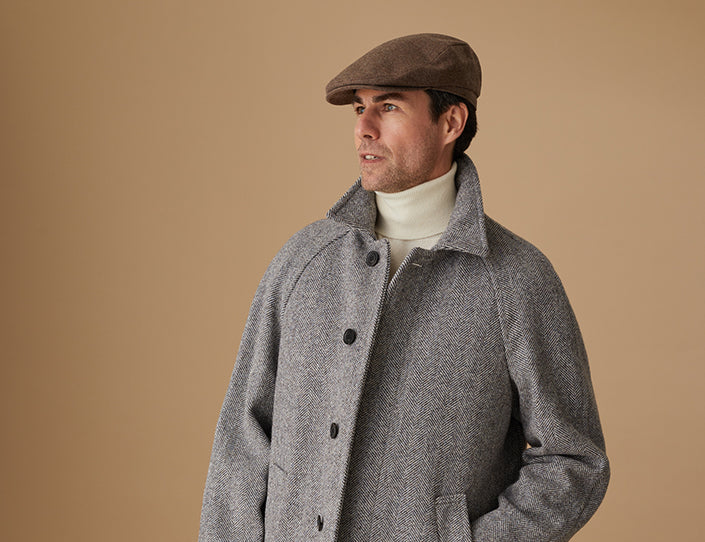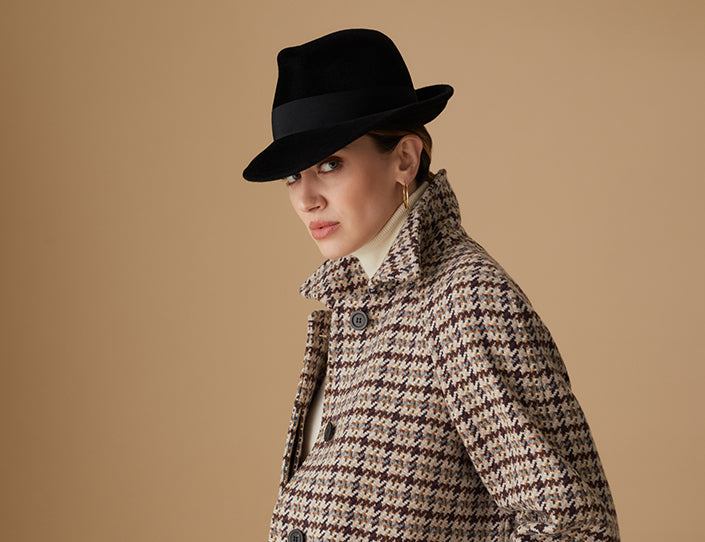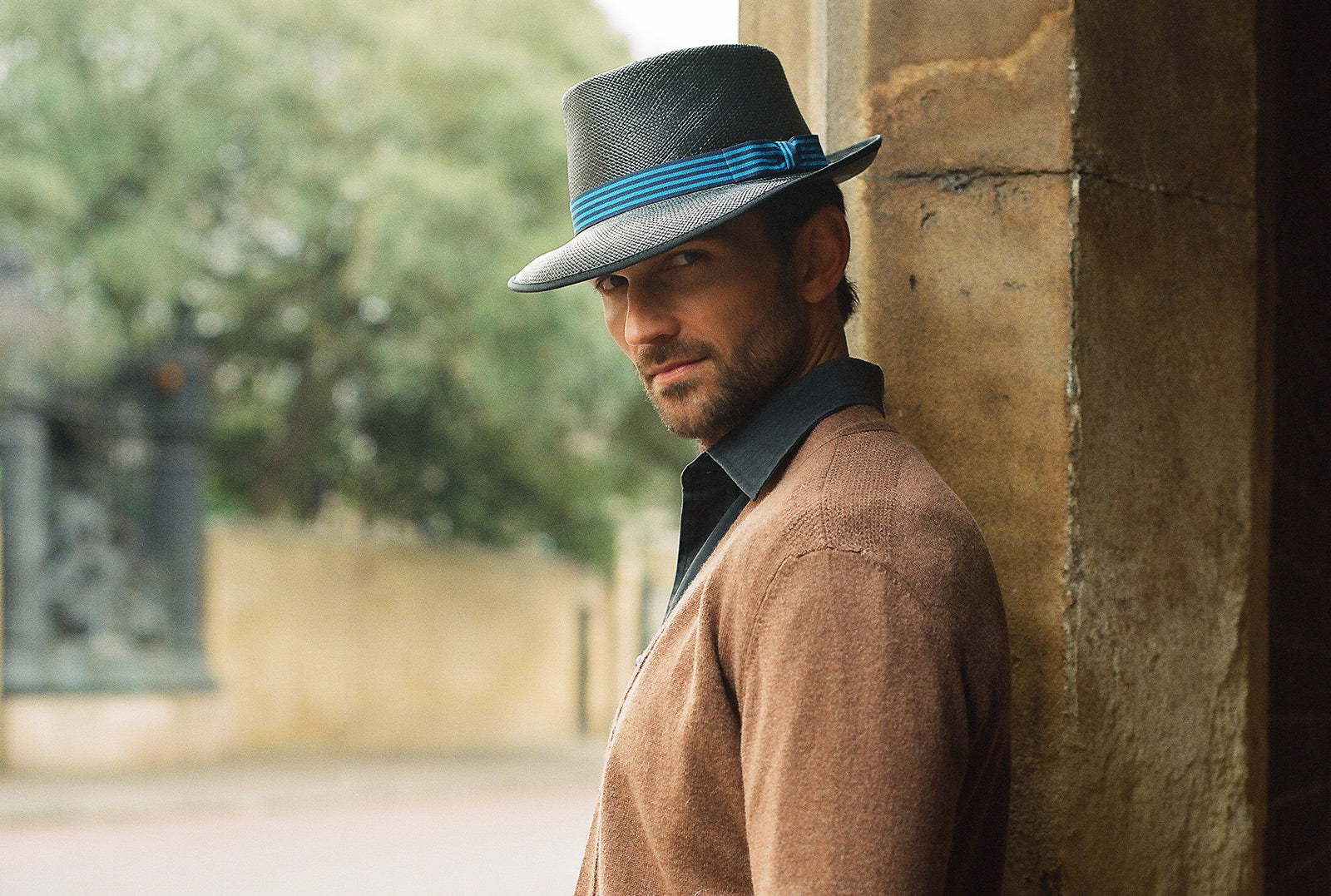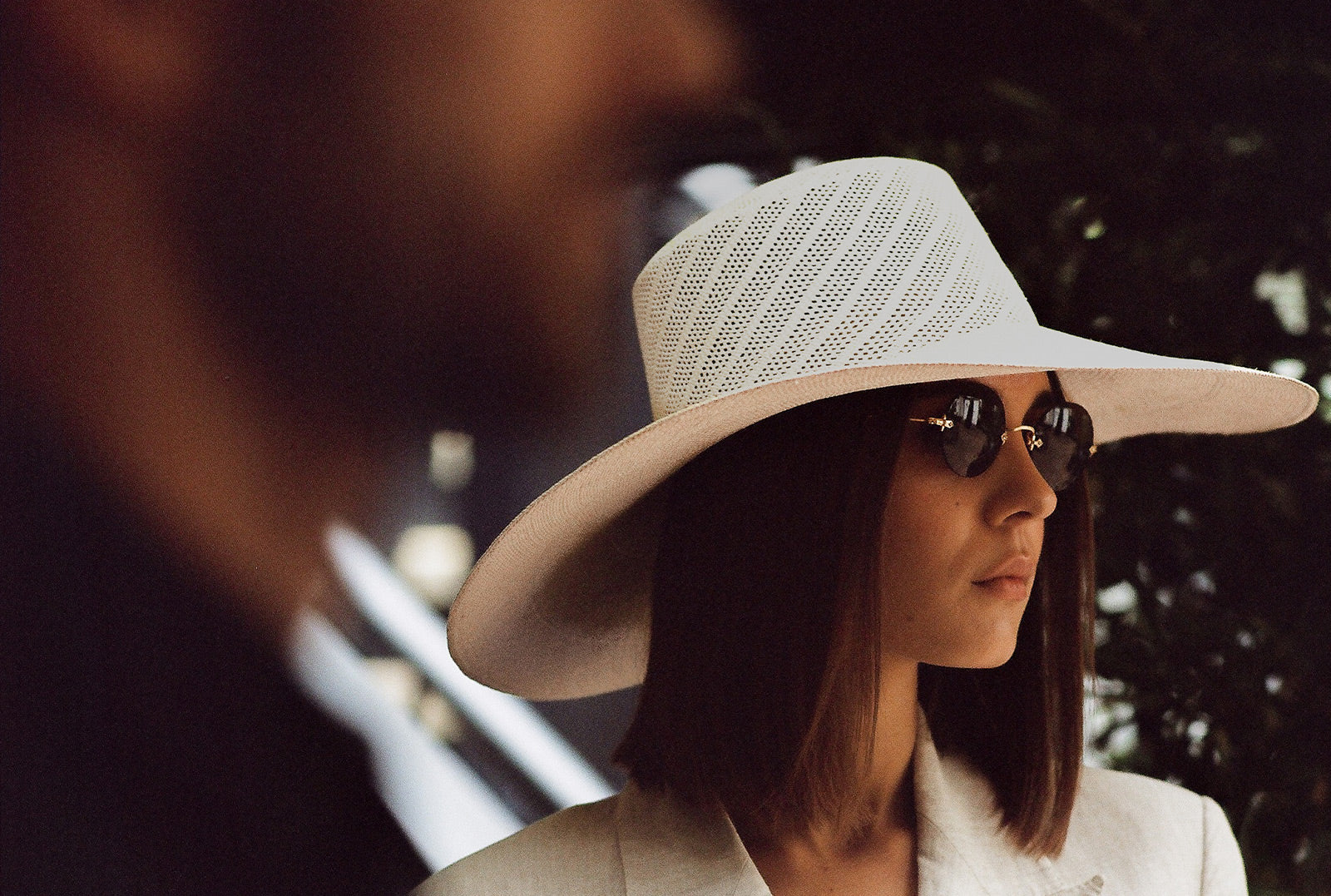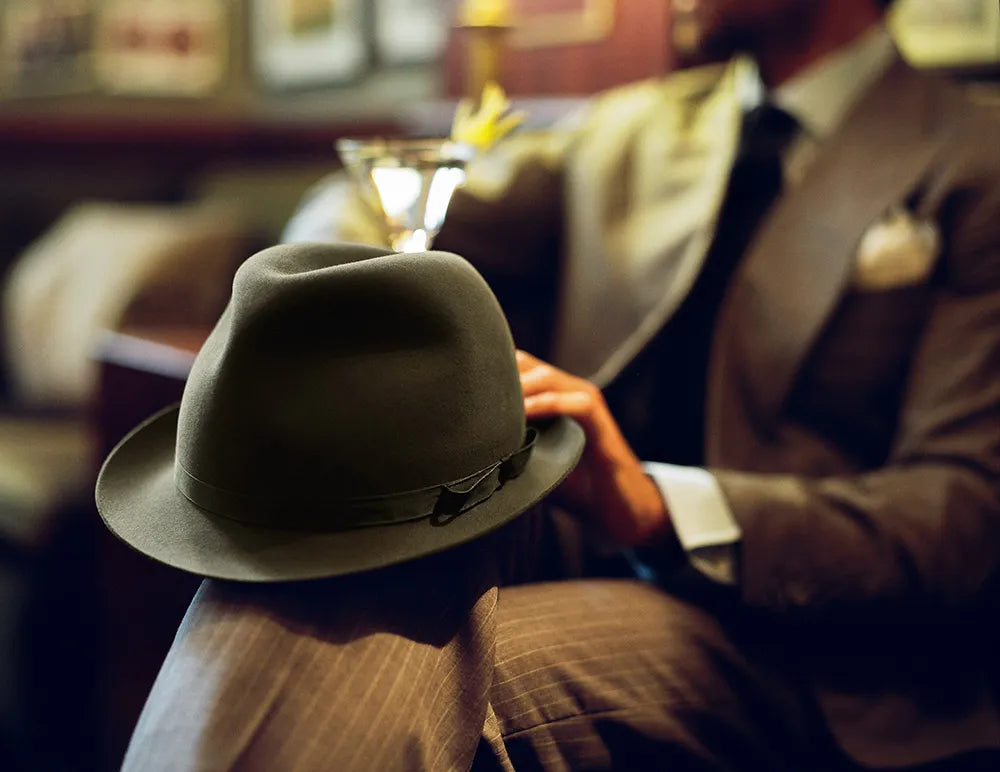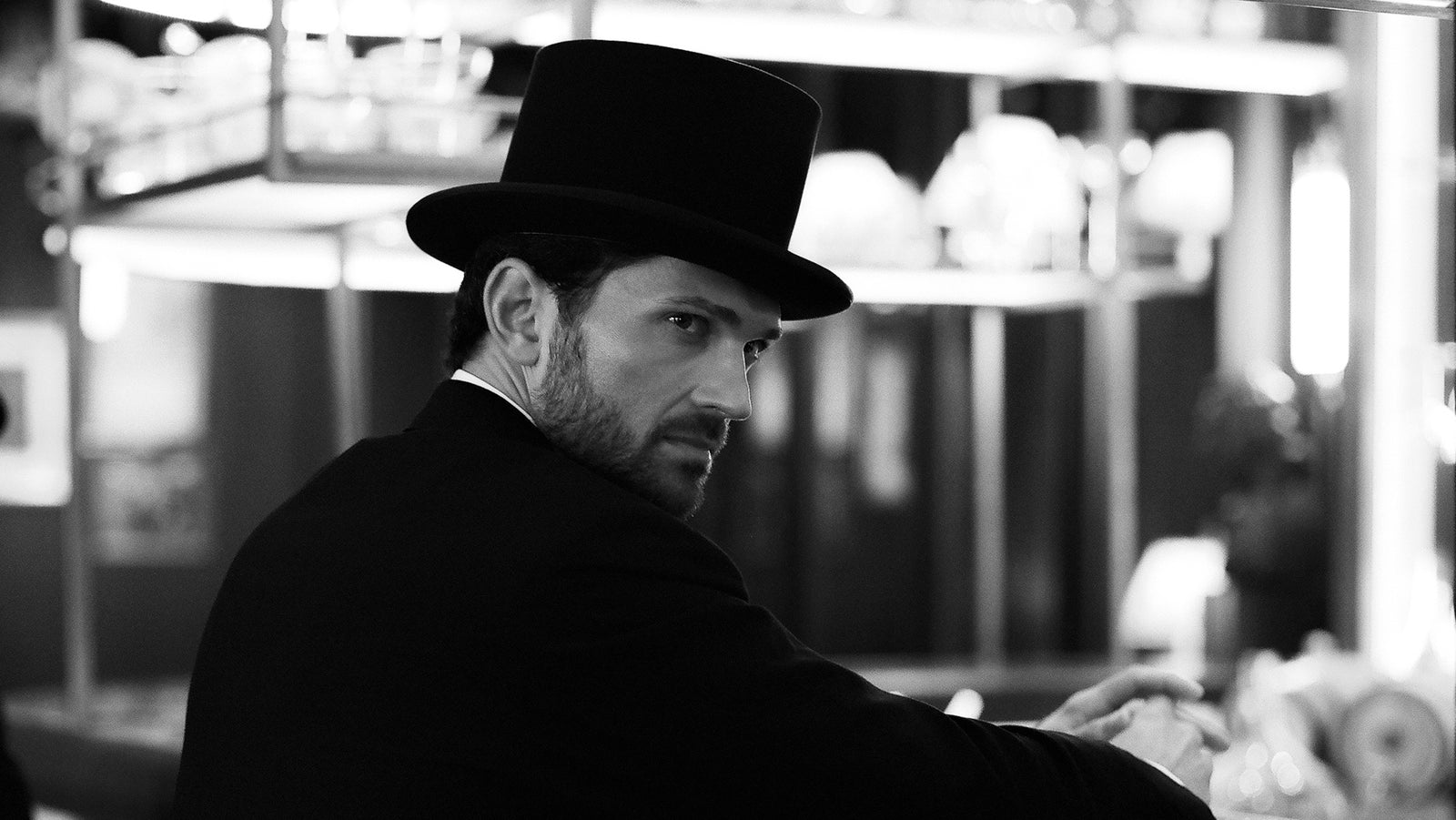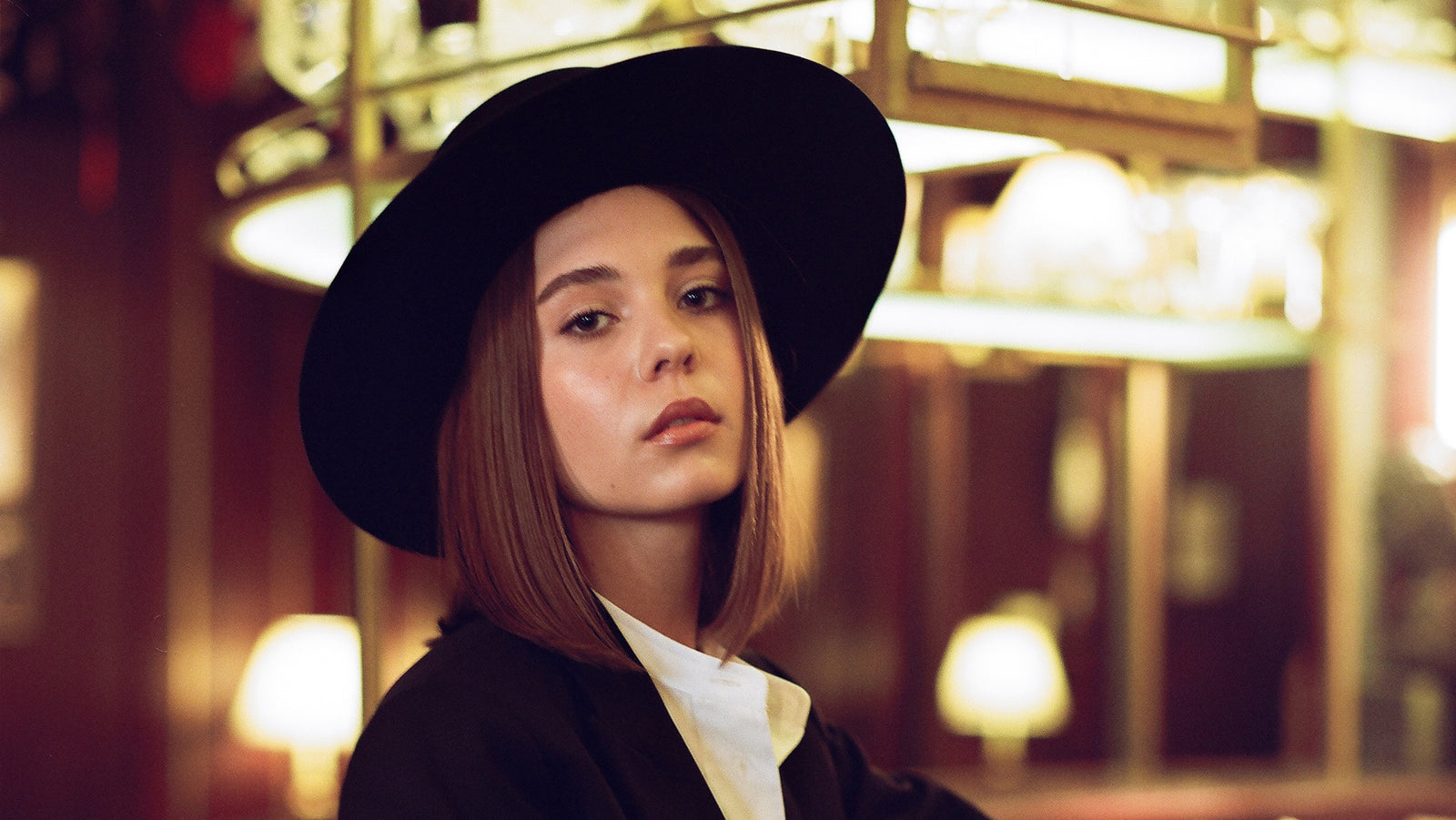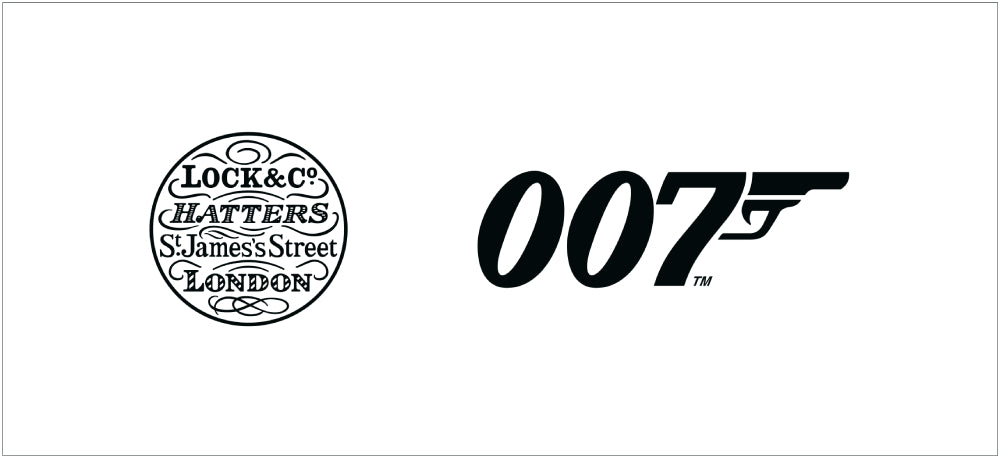Your Shopping Bag is Empty
Jump to
Created to celebrate the 60th anniversary of Goldfinger and inspired by Auric Goldfinger’s flat cap, this hard-wearing yet sumptuously soft cap epitomises sixties style. Made from 100% pure English wool, and lined with satin, The Auric Anniversary Edition is the ultimate gentleman’s bad-guy cap.
An exact replica of the Lock & Co. trilby originally created for Eva Green's Vesper Lynd in Casino Royale (2006). This elegant, limited edition design captures the character's timeless style as she sets out on her journey to Montenegro's Hotel Splendide.
Created to celebrate the 60th anniversary of James Bond in 2022, this is a very special eight-piece cap in an exclusive Escorial wool navy herringbone. Inside, a unique patterned lining distinguishes this as a future classic. Combining Bond’s style over the years and our 348-year heritage, this cap is one to truly treasure.
Hand-blocked exactly as per the original, as worn by James Bond in Goldfinger, this stealthy black Panama hat is finished with a new take on the familiar striped ribbon and a genuine leather sweatband. Summer, sixties-style.
A stunning new take on Andrea Anders' straw fedora from The Man With The Golden Gun, this summer Panama hat is as at home on the beach as it is paired with the smartest occasion attire. Each piece is handwoven and of the finest quality.
With more than a nod to the Lock & Co. hat first seen in the now iconic opening gun-barrel scene from Dr. No, this Escorial felt trilby is made on the same block as the original. Updated for the 21st century, this piece oozes with Bond’s signature style.
A flat cap handmade with russet Escorial wool, inspired by Auric Goldfinger’s cap from the film Goldfinger. Hard-wearing, yet sumptuously soft, this cap epitomises sixties style and can be worn casually or with formal attire. The good guy’s bad-guy cap.
The Oddjob hat is a limited-edition, square-top Bowler hat made by Lock & Co. Hatters as part of their 007 x Lock & Co. Hatters collection. With more than a nod to the original Lock & Co. hat worn by Oddjob in the film Goldfinger, this collectors piece is strictly limited to 60 pieces, to celebrate the 60thanniversary of James Bond in 2022. Made from Escorial noble fleece and finished with gold 007 and Lock & Co. logos on the leather sweatband, each hat comes in a special black and gold 007 x Lock & Co. Hatters box, and can be customised with the owner’s initials in gold-leaf inside the hat .A very special piece to celebrate one of the most-loved and iconic James Bond films of all time.
A beautifully elegant women’s black fedora, inspired by Tracy Di Vicenzo's hat in the movie On Her Majesty's Secret Service. Made from Escorial wool, this handmade and exquisitely finished piece is the ultimate accessory.
